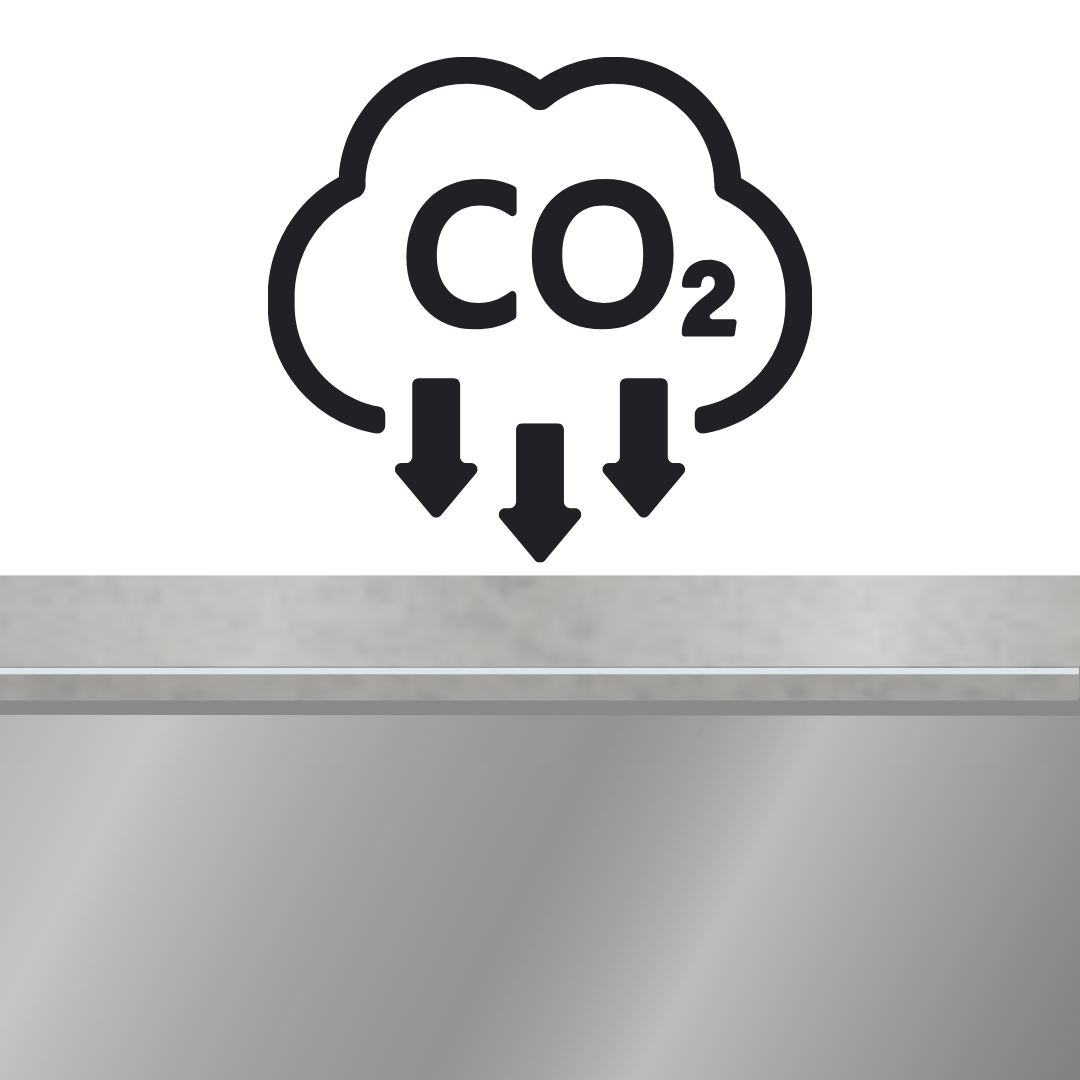
An Indian student at University College London, Prantar Tamuli, has developed a groundbreaking carbon-capturing biomaterial known as cyanobacterial engineered living material (C-ELM). This innovative construction material incorporates living cyanobacteria within translucent panels, which can be mounted on building walls. As the cyanobacteria photosynthesize, they capture carbon dioxide from the atmosphere, potentially transforming the construction industry's carbon footprint.
Tamuli's work, showcased in an art installation at St Andrews Botanic Garden, aims to shift construction practices from being carbon-emitting to actively sequestering carbon. The C-ELM can capture up to 350 grams of CO2 per kilogram, while traditional concrete emits approximately 500 grams of CO2 for the same weight. A wall covered with 150 square meters of these panels could sequester about one tonne of CO2. The captured CO2 is converted into calcium carbonate through biomineralisation, effectively trapping the carbon
The panels are lightweight, sound-absorbing, and thermally insulating, allowing natural light to pass through while improving energy efficiency. Tamuli's research was conducted under the guidance of UCL faculty, and a patent for the C-ELM technology has been filed by UCL Business. Professor Marcos Cruz, co-director of the Bio-Integrated Design Programme, emphasized the immense potential of this biomaterial if scaled up for widespread use

To cater the needs of Professionals & Academia, ARAI has started series of Training Programmes / Seminars/ Conferences through its Academy. The next One Day Seminar on "Hydrogen IC Engine...
Learn More